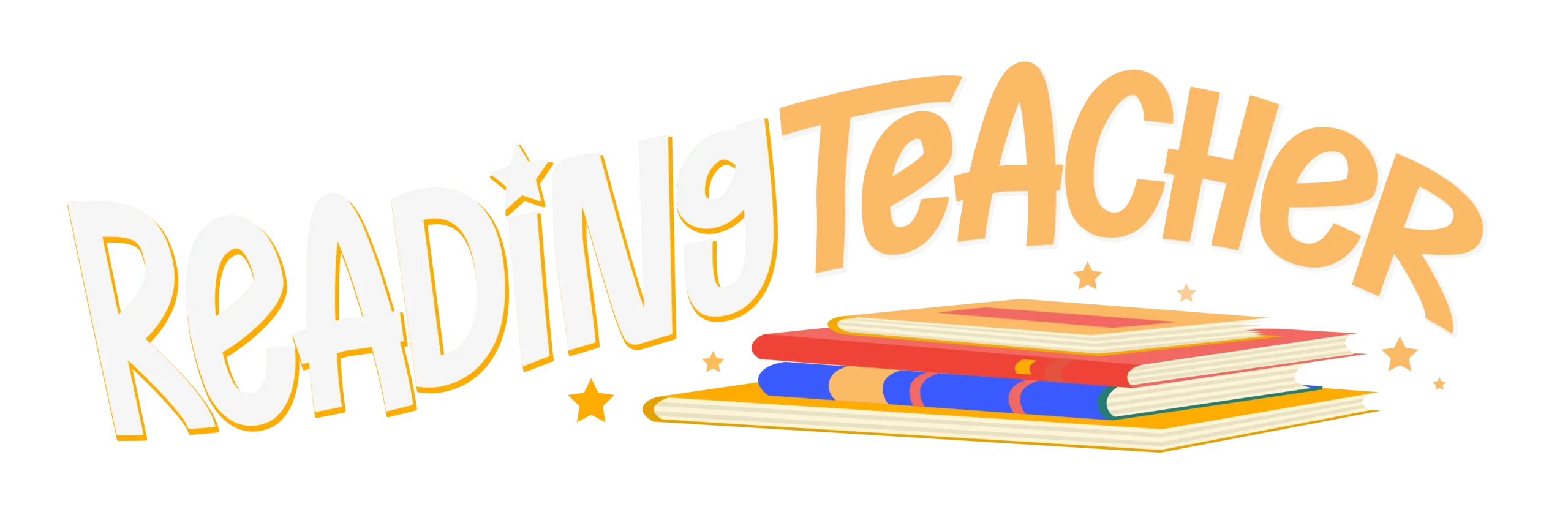Creating a Literacy-Rich Environment: Strategies for Helping Students Read in the Classroom
Reading is a fundamental skill that opens doors to learning and empowers students to succeed academically and beyond. As educators, fostering a love for reading and providing support for students to become proficient readers is paramount. In this article, we'll explore effective strategies for creating a literacy-rich classroom environment that cultivates a passion for reading and supports students in their reading journey.
Establish a Reading Culture:
Set the tone for a reading-friendly classroom by making reading a priority. Dedicate time each day for independent reading, read-aloud sessions, and discussions about books. Create cozy reading nooks with comfortable seating and a variety of reading materials to entice students to dive into books.
Model Reading Behaviors:
Demonstrate your own love for reading by sharing your favorite books and discussing what you enjoy about them. Let students see you reading for pleasure and incorporate book recommendations into your lessons. Modeling reading behaviors helps create a positive attitude towards reading and motivates students to engage with texts.
Provide Access to Diverse Reading Materials:
Offer a wide range of reading materials that reflect the diverse interests, backgrounds, and reading levels of your students. Stock your classroom library with fiction and non-fiction books, magazines, graphic novels, and audiobooks. Ensure that students have access to books that represent diverse characters and perspectives to promote inclusivity and empathy.
Differentiate Instruction:
Recognize that students have varying reading abilities and provide differentiated instruction to meet their individual needs. Use assessments to identify students' reading levels and tailor instruction accordingly. Offer small-group instruction, guided reading sessions, and one-on-one support to address specific areas of need and scaffold students' reading development.
Foster a Growth Mindset:
Encourage a growth mindset approach towards reading by emphasizing effort, perseverance, and improvement. Praise students for their hard work and progress in reading, rather than focusing solely on outcomes. Create a supportive environment where mistakes are viewed as opportunities for learning and where students feel confident taking risks in their reading.
Incorporate Reading Strategies:
Teach students a variety of reading strategies to enhance their comprehension and fluency. Model and explicitly teach skills such as predicting, visualizing, questioning, and summarizing. Encourage students to annotate texts, use graphic organizers, and engage in discussions to deepen their understanding of what they read.
Foster a Love for Literacy Beyond the Classroom:
Encourage students to read outside of school by promoting literacy events, such as author visits, book fairs, and reading challenges. Involve families in fostering a culture of reading at home by providing reading recommendations and resources. Emphasize the importance of reading for pleasure and lifelong learning.
Conclusion:
Creating a classroom environment that promotes reading and supports students in their reading journey is essential for fostering a love for literacy and academic success. By implementing these strategies, educators can cultivate a community of enthusiastic readers who are empowered to explore the world through books and develop into lifelong learners.

 Kindergarten marks the beginning of an exciting journey into the world of literacy for young learners. As they embark on this adventure, it's essential to provide engaging and developmentally appropriate reading activities that foster a love of learning and lay a strong foundation for future literacy skills. Here are some top reading activities tailored specifically for kindergarten explorers:
Kindergarten marks the beginning of an exciting journey into the world of literacy for young learners. As they embark on this adventure, it's essential to provide engaging and developmentally appropriate reading activities that foster a love of learning and lay a strong foundation for future literacy skills. Here are some top reading activities tailored specifically for kindergarten explorers: Reading challenges can be overcome with the right techniques and tools, empowering readers to unlock the world of literature. This article explores effective strategies that parents, educators, and learners can employ to support struggling readers on their journey to literacy.
Reading challenges can be overcome with the right techniques and tools, empowering readers to unlock the world of literature. This article explores effective strategies that parents, educators, and learners can employ to support struggling readers on their journey to literacy. In the realm of early literacy, mastering phonics and phonemic awareness serves as the cornerstone for proficient reading and language acquisition. This comprehensive guide aims to demystify these fundamental components, providing educators, parents, and learners with valuable insights, strategies, and practical tips to foster a strong foundation in reading.
In the realm of early literacy, mastering phonics and phonemic awareness serves as the cornerstone for proficient reading and language acquisition. This comprehensive guide aims to demystify these fundamental components, providing educators, parents, and learners with valuable insights, strategies, and practical tips to foster a strong foundation in reading.